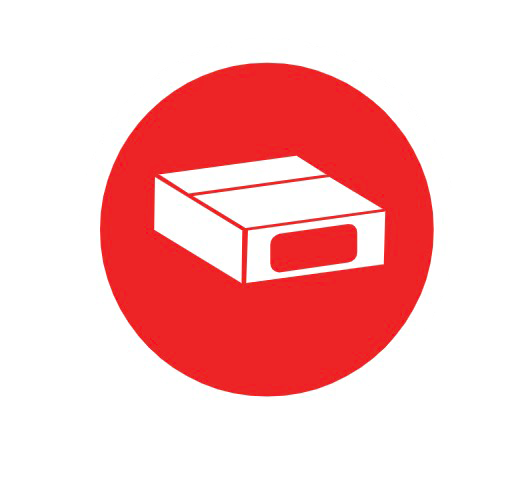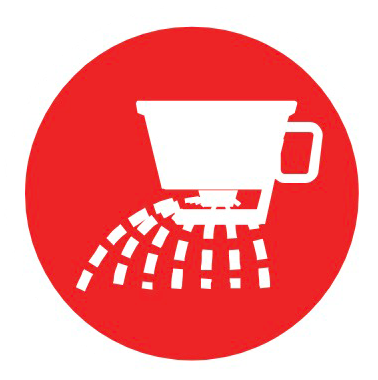The 12 Step Approach to Intensive Commercial Progressive Treatment for the Restaurant Environment
Focusing on crawling insects, such as German cockroaches, American cockroaches, ants, spiders and crickets

Inspection
An IPM step. Do a thorough inspection to identify active infestations and conditions conducive, and develop a treatment plan.

VAC Vacuum Pockets
Utilize a hepa back pack vacuum system to physically remove any visible pests from the structure.

Fecal Focal Point
Coat fecal material with a Boron product to affect the bacteria and disrupt insect digestion.

Crack & Crevice Nesting Sites
Treat cracks and crevices in structure and contents with a Boron product in order to impact areas where insects take harbourage.

Void Injection
Using a specialized duster, inject a Boron product into voids where insect live and breed.

Floor Level Moisture Treatment
Using in a specialized duster, treat cracks and crevices that are routinely washed or are in high moisture areas

Monitoring & Caulking
- An IPM and quality assurance step, use insect monitoring stations to routinely check insect pressure inside the structure. Caulk, as needed.
The exterior treatment specifications will follow the commercial progressive schedule.

Webster
Web wipe accessible eaves and other outside areas with a Webster head treated with a natural botanical extract repellant to insects.

Hot Spot
Using a B&G, treat hot spots around windows and doors.

Power Treat
Use a power sprayer or back pack sprayer on structural features, including up structure’s foundation by 2-3 feet and out away from the structure by one foot to create a barrier.

Outer Barrier Treatment
Apply bait granules to thick grass, mulch, rock beds, decorative bark and other similar areas directly adjacent to foundation, in order to impact insects approaching structure.

Exclusion
Caulk small cracks, crevices and insect entry points into the structure with DAP white aerosol or clear caulk.
Got a pest issue?
Trust the experts at Truly Nolen. We have several services that can protect your home from what bugs you.

